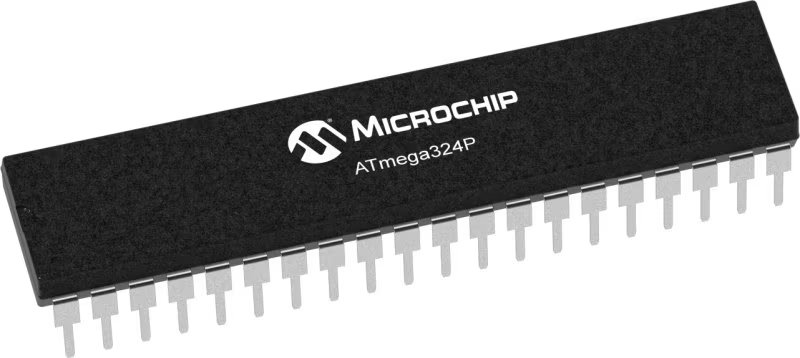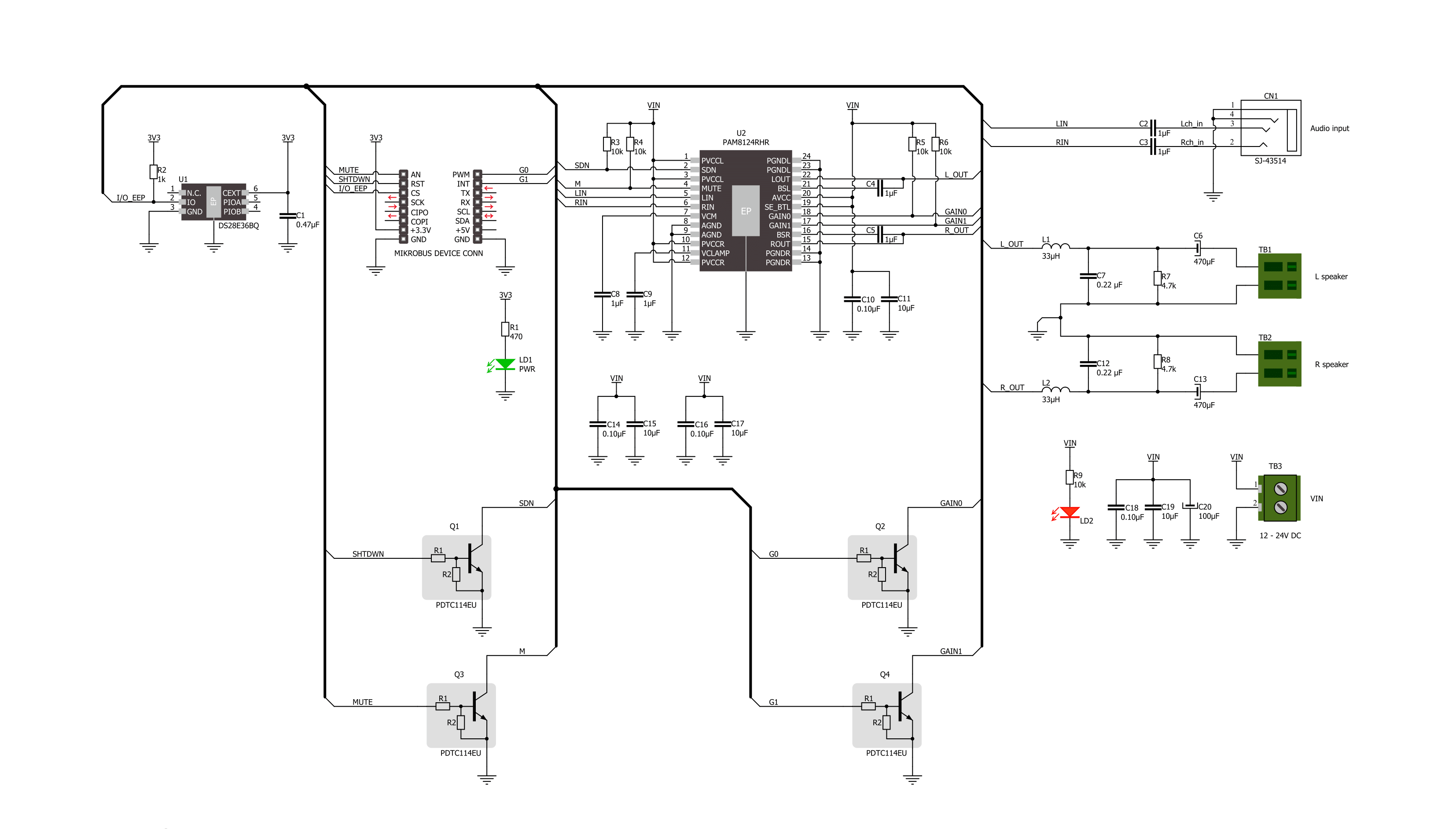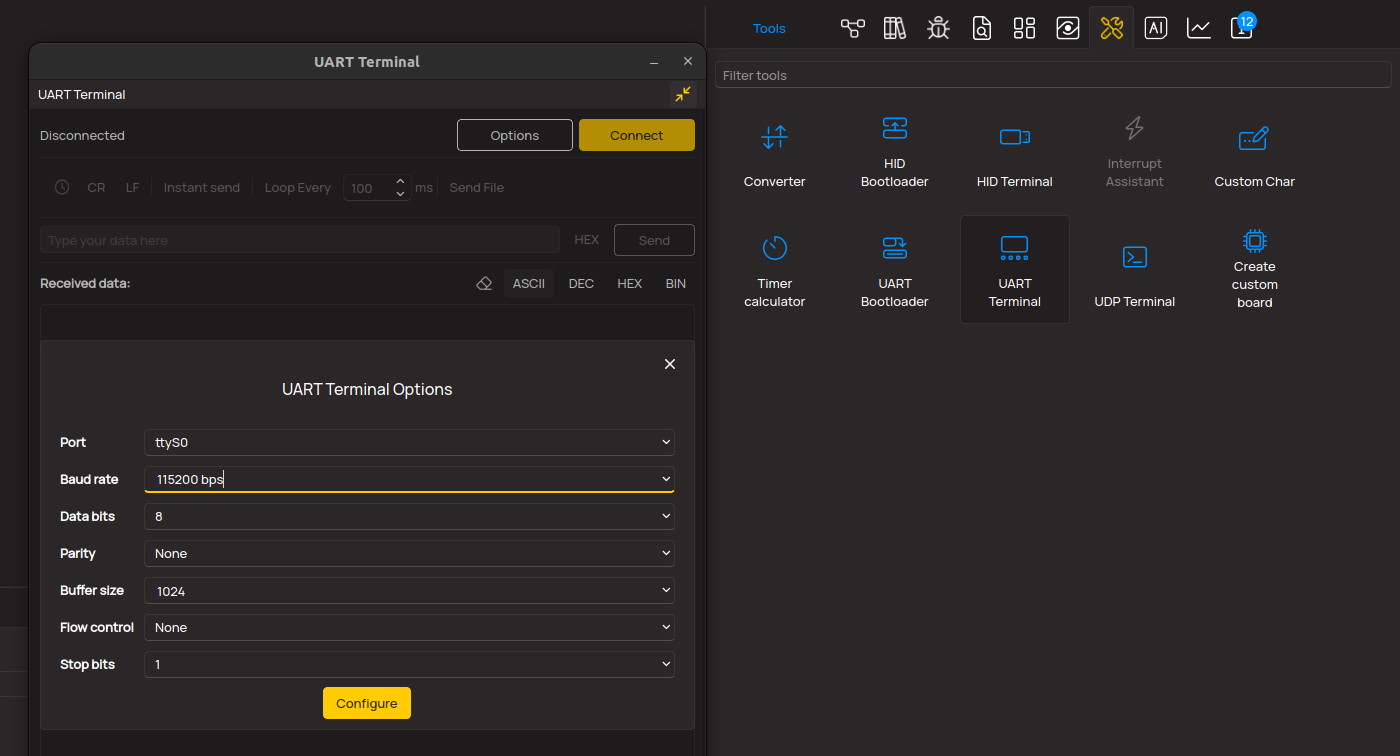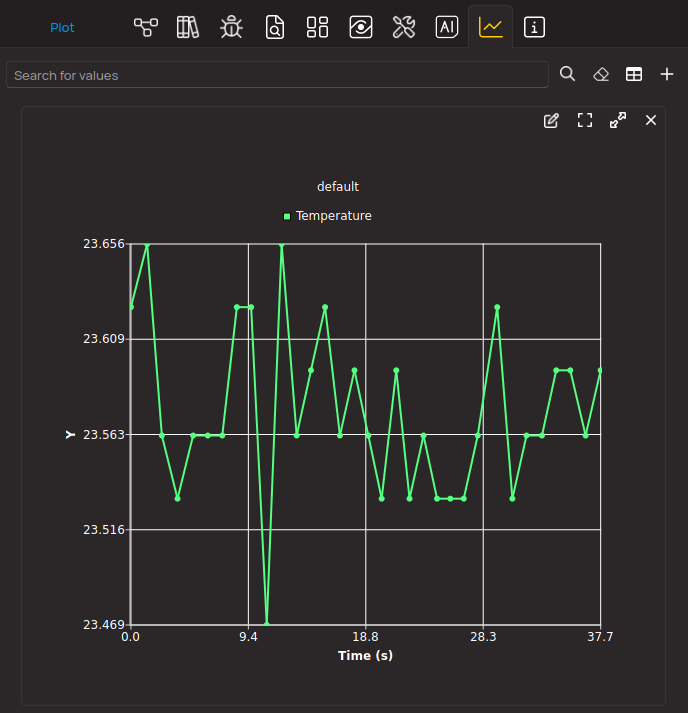Take your audio to new heights with a powerful and efficient audio-amplifying solution
A
A
Hardware Overview
How does it work?
AudioAMP 9 Click is based on the PAM8124, a stereo class-D audio power amplifier from Diodes Incorporated. Besides an excellent quantity performance, such as high efficiency, the PAM8124 is also characterized by high output power, low quiescent current, and eliminates the need for heat sinks. It can drive 8Ω stereo speakers in a single-ended configuration with 10W of output power per channel from the externally brought supply voltage. Furthermore, the PAM8124 has several protection features like thermal overload, short circuit, and over/under-voltage protection allowing a reliable operation. This GPIO configurable audio amplifier provides configurable features such as Mute, Shutdown, and selectable gain of the amplifier. The gain of the amplifier is controlled by two selectable gain pins, G1 and G2 pins of the mikroBUS™ socket,
offering 20dB, 26dB, 32dB, and 36dB gain selections. The MUT pin of the mikroBUS™ socket controls the output state of the PAM8124 (quick disable or enable of the outputs). A logic low state on this pin causes the outputs to run at a constant 50% duty cycle. A logic high state on this pin enables the outputs. The PAM8124 also employs a Shutdown operation mode to reduce supply current to the absolute minimum level during periods of non-use to save power. The SHD pin should be pulled low during normal operation when the amplifier is in use. Pulling the SHD pin high causes the outputs to mute and the amplifier to enter a low-current state. The amplifier should be set in Shutdown mode for the best power-off pop performance before removing the power supply voltage. For the best start-up pop performance, the amplifier should be put in Mute mode before restarting the amplifier.
This Click board™ supports an external power supply for the amplifier, which can be connected to the input terminal labeled as VIN and should be within the range of 12V to 24V, while the input audio can be brought to the input jack labeled as AUDIO IN and after specific processing reproduced on the speakers of the desired L/R channel. In addition, this board has an additional red LED indicator marked with VIN, which can visually detect the presence of an external power supply. This Click board™ can only be operated with a 3.3V logic voltage level. The board must perform appropriate logic voltage level conversion before using MCUs with different logic levels. However, the Click board™ comes equipped with a library containing functions and an example code that can be used as a reference for further development.
Features overview
Development board
EasyAVR v7 is the seventh generation of AVR development boards specially designed for the needs of rapid development of embedded applications. It supports a wide range of 16-bit AVR microcontrollers from Microchip and has a broad set of unique functions, such as a powerful onboard mikroProg programmer and In-Circuit debugger over USB. The development board is well organized and designed so that the end-user has all the necessary elements in one place, such as switches, buttons, indicators, connectors, and others. With four different connectors for each port, EasyAVR v7 allows you to connect accessory boards, sensors, and custom electronics more
efficiently than ever. Each part of the EasyAVR v7 development board contains the components necessary for the most efficient operation of the same board. An integrated mikroProg, a fast USB 2.0 programmer with mikroICD hardware In-Circuit Debugger, offers many valuable programming/debugging options and seamless integration with the Mikroe software environment. Besides it also includes a clean and regulated power supply block for the development board. It can use a wide range of external power sources, including an external 12V power supply, 7-12V AC or 9-15V DC via DC connector/screw terminals, and a power source via the USB Type-B (USB-B)
connector. Communication options such as USB-UART and RS-232 are also included, alongside the well-established mikroBUS™ standard, three display options (7-segment, graphical, and character-based LCD), and several different DIP sockets which cover a wide range of 16-bit AVR MCUs. EasyAVR v7 is an integral part of the Mikroe ecosystem for rapid development. Natively supported by Mikroe software tools, it covers many aspects of prototyping and development thanks to a considerable number of different Click boards™ (over a thousand boards), the number of which is growing every day.
Microcontroller Overview
MCU Card / MCU

Architecture
AVR
MCU Memory (KB)
32
Silicon Vendor
Microchip
Pin count
40
RAM (Bytes)
2048
Used MCU Pins
mikroBUS™ mapper
Take a closer look
Click board™ Schematic

Step by step
Project assembly
Track your results in real time
Application Output
1. Application Output - In Debug mode, the 'Application Output' window enables real-time data monitoring, offering direct insight into execution results. Ensure proper data display by configuring the environment correctly using the provided tutorial.

2. UART Terminal - Use the UART Terminal to monitor data transmission via a USB to UART converter, allowing direct communication between the Click board™ and your development system. Configure the baud rate and other serial settings according to your project's requirements to ensure proper functionality. For step-by-step setup instructions, refer to the provided tutorial.

3. Plot Output - The Plot feature offers a powerful way to visualize real-time sensor data, enabling trend analysis, debugging, and comparison of multiple data points. To set it up correctly, follow the provided tutorial, which includes a step-by-step example of using the Plot feature to display Click board™ readings. To use the Plot feature in your code, use the function: plot(*insert_graph_name*, variable_name);. This is a general format, and it is up to the user to replace 'insert_graph_name' with the actual graph name and 'variable_name' with the parameter to be displayed.

Software Support
Library Description
This library contains API for AudioAMP 9 Click driver.
Key functions:
audioamp9_shutdown_onAudioAmp 9 shutdown on function.audioamp9_mute_offAudioAmp 9 mute off function.audioamp9_set_gain_levelAudioAmp 9 set gain function.
Open Source
Code example
The complete application code and a ready-to-use project are available through the NECTO Studio Package Manager for direct installation in the NECTO Studio. The application code can also be found on the MIKROE GitHub account.
/*!
* @file main.c
* @brief AudioAmp 9 Click Example.
*
* # Description
* This example demonstrates the use of the AudioAmp 9 Click board by
* changing the gain level.
*
* The demo application is composed of two sections :
*
* ## Application Init
* Initializes the driver and performs default configuration putting AudioAmp 9 Click
* into Gain 1 mode with unmuted output.
*
* ## Application Task
* Controlling the volume of the speaker by setting the gain level, and increasing it
* every 5 seconds until the maximum level is reached, then the sound is muted for 5 seconds.
*
* @author Stefan Ilic
*
*/
#include "board.h"
#include "log.h"
#include "audioamp9.h"
static audioamp9_t audioamp9; /**< AudioAmp 9 Click driver object. */
static log_t logger; /**< Logger object. */
void application_init ( void )
{
log_cfg_t log_cfg; /**< Logger config object. */
audioamp9_cfg_t audioamp9_cfg; /**< Click config object. */
/**
* Logger initialization.
* Default baud rate: 115200
* Default log level: LOG_LEVEL_DEBUG
* @note If USB_UART_RX and USB_UART_TX
* are defined as HAL_PIN_NC, you will
* need to define them manually for log to work.
* See @b LOG_MAP_USB_UART macro definition for detailed explanation.
*/
LOG_MAP_USB_UART( log_cfg );
log_init( &logger, &log_cfg );
log_info( &logger, " Application Init " );
// Click initialization.
audioamp9_cfg_setup( &audioamp9_cfg );
AUDIOAMP9_MAP_MIKROBUS( audioamp9_cfg, MIKROBUS_1 );
if ( DIGITAL_OUT_UNSUPPORTED_PIN == audioamp9_init( &audioamp9, &audioamp9_cfg ) )
{
log_error( &logger, " Communication init." );
for ( ; ; );
}
audioamp9_default_cfg ( &audioamp9 );
log_info( &logger, " Application Task " );
}
void application_task ( void )
{
for ( uint8_t vol_lvl = AUDIOAMP9_GAIN_LEVEL1; vol_lvl <= AUDIOAMP9_GAIN_LEVEL4; vol_lvl++ )
{
audioamp9_set_gain_level( &audioamp9, vol_lvl );
log_printf( &logger, " Volume gain level %d \r\n ", vol_lvl );
Delay_ms( 5000 );
}
log_printf( &logger, " Sound is muted \r\n " );
audioamp9_mute_on( &audioamp9 );
Delay_ms( 5000 );
log_printf( &logger, " Sound is unmuted \r\n " );
audioamp9_mute_off( &audioamp9 );
}
void main ( void )
{
application_init( );
for ( ; ; )
{
application_task( );
}
}
// ------------------------------------------------------------------------ END


































